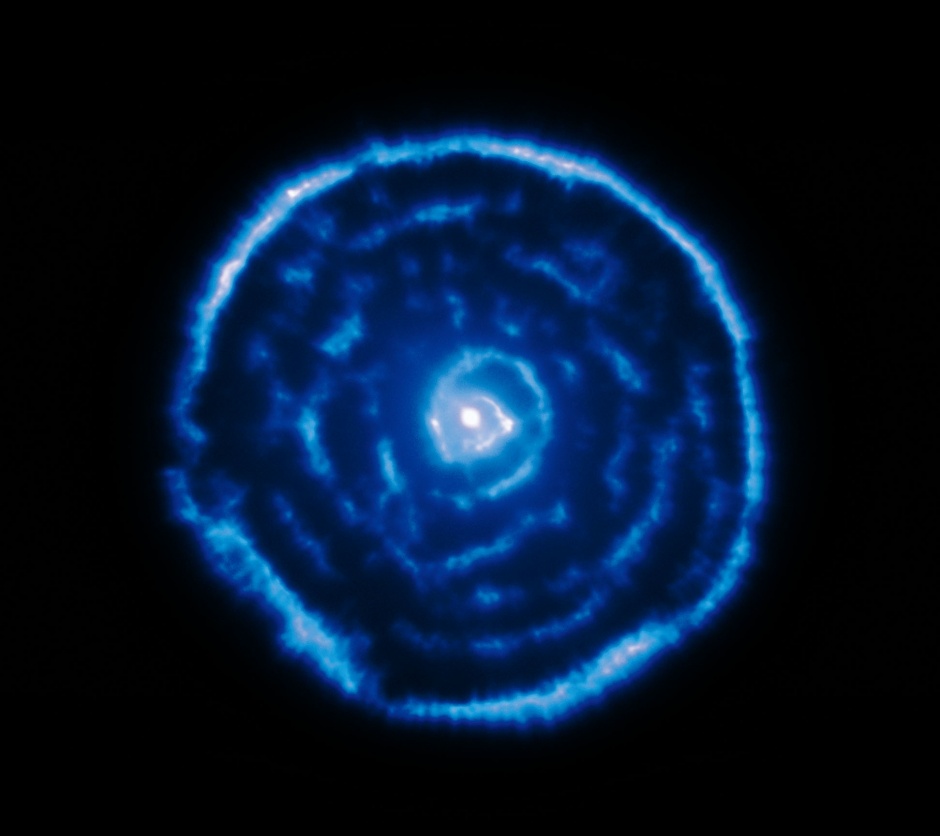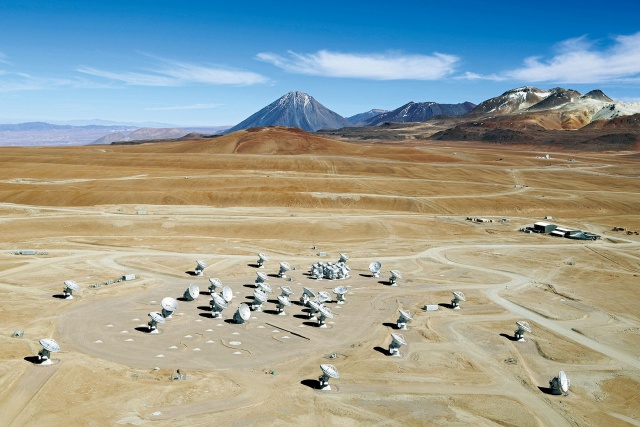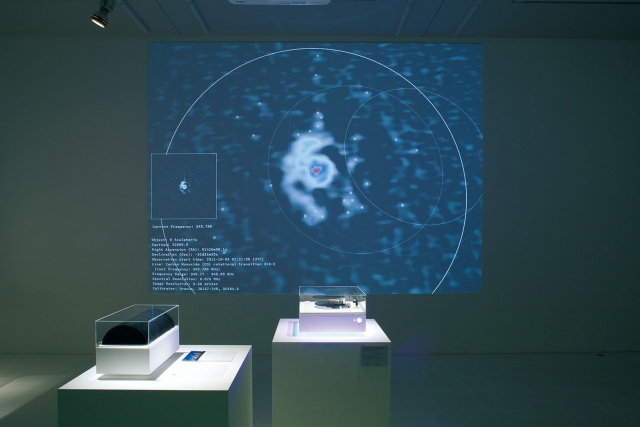vol.
012
MARCH
2016
vol.012 / Special
Unseeing eyes
Sari Hayashiguchi|Shiho Fukuhara|Kenji Kai|Hisashi Kitano|Kunihiko Morinaga|Norimizu Ameya|Nao Tsuda
Bees and cabbage white butterflies can see ultraviolet rays; pit vipers can see infrared rays.
If we had an eye transplant from another organism, we would probably live in an entirely different world.Apparently by sensing things we cannot see, we can sometimes visualize them.
The outer space, life, distance, consciousness, words, time: six people turned their eyes towards these.
We’re talking about seeing the unseen world.
Sari Hayashiguchi|Shiho Fukuhara|Kenji Kai/Hisashi Kitano|Kunihiko Morinaga|Norimizu Ameya|Nao Tsuda
Outer Space
Discovering the universe’s rules becomes the power to live
Sari Hayashiguchi

How do you visualize something you can’t see? Can you? When I think about it, I feel like I’ve been thinking about that all my life. It’s in the name of my company EPIPHANY WORKS, and “epiphany” means “manifestation, intuition.” It’s like seeing the un-seeable is right there in the definition.
Other than that, there are two things that I’ve held dear to my heart, and striven for, throughout my work. The first is visualizing the huge, un-seeable, expansive energy in outer space and in nature. The second is to see the world from an angle that differs from everyday common sense.
There are many amazing people all over the world who visualize the unseen, using various techniques. Whenever I come across one of those people, or their work, I always think, “I need to communicate this all across the world.” And then I began thinking that as a mediator for communication, I could do just that.
Masaaki Hiramatsu from The National Astronomical Observatory of Japan (NAOJ) is one of those people that inspires those thoughts in me. ALMA radio telescope in Chile’s Atacama Desert is a massive project run by 21 countries and areas including NAOJ. The ALMA telescope, unlike optical telescopes, is able to observe the radio waves from ultra-low-temperature dust and gas, which allows astronomers with long-cherished desire to view the origin of the Milky Way and stars, as well as search for the roots of the universe and life itself.

In the end, the matter we know about only makes up 5% of the universe; the remaining 95% is made up of dark matter and dark energy, which we know very little about. In other words, we hardly know anything about the world. The astronomers took that fact and built the ALMA telescope. I felt their passion and struggle through Mr. Hiramatsu, and so in 2014 I started the “ALMA MUSIC BOX: Melody of a Dying Star.” It’s an art piece that makes use of radio waves data from a dying star, and sets it to music in order to share science through creativity. At the moment, we’re trying various other evolutions of the project as well.
Discovering the universe’s rules allows humanity to begin to solve universal mysteries, and becomes the power to live. I believe that. I want to continue being a mediator to communicate the truths that I want to share, regardless of their field.

Photo by Keizo Kioku, Courtesy of 21st Century Museum of Contemporary Art, Kanazawa
Editing & Written by Nanae Mizushima
Translation: Office Miyazaki, Inc.



